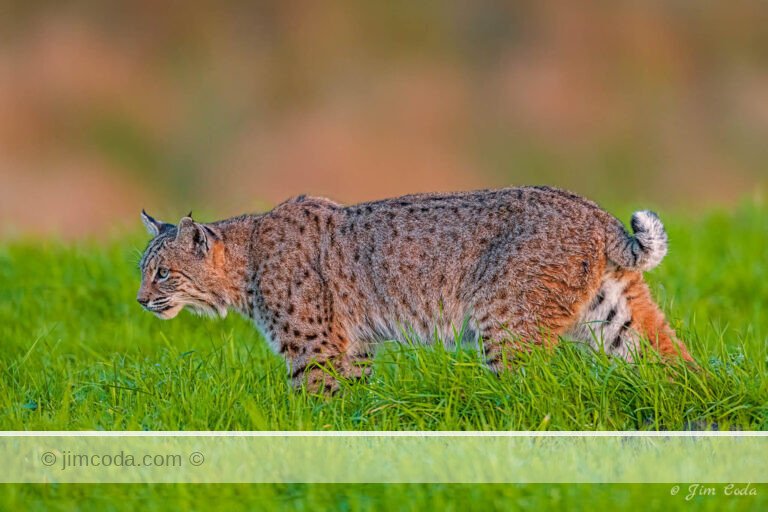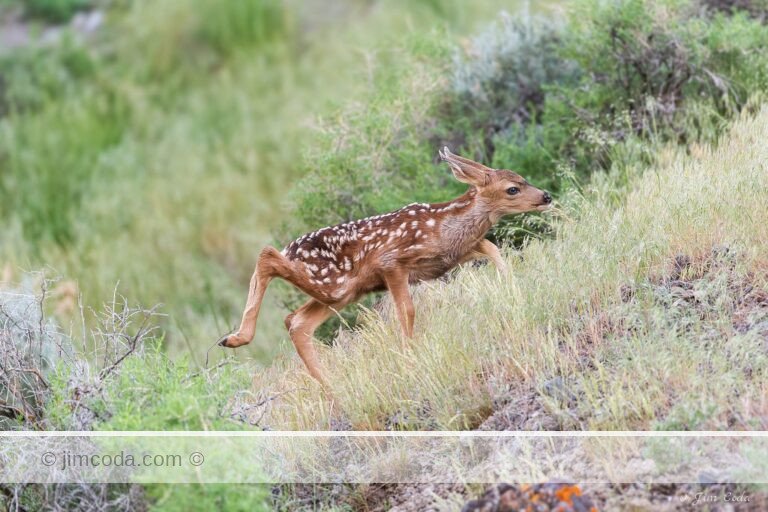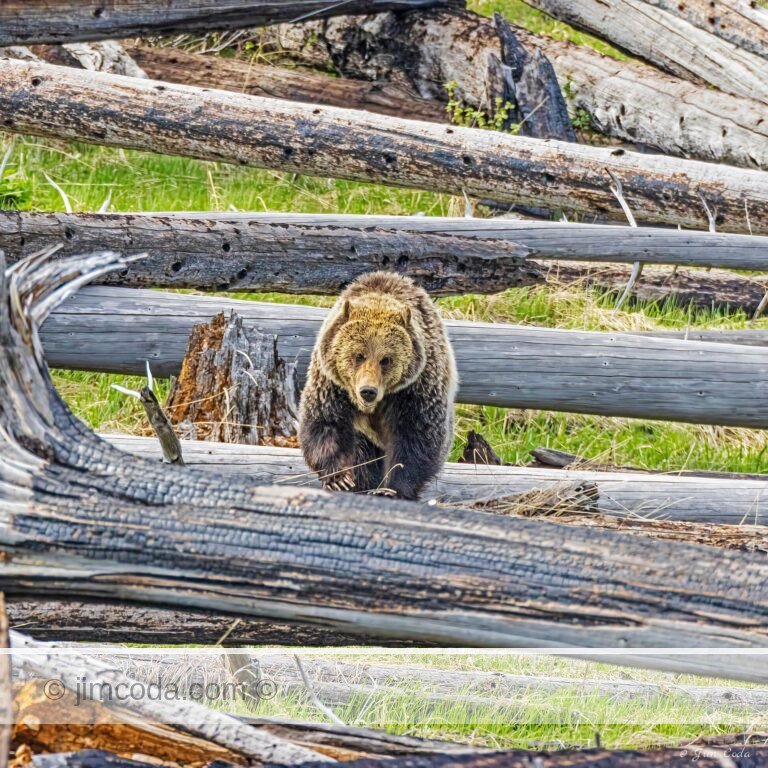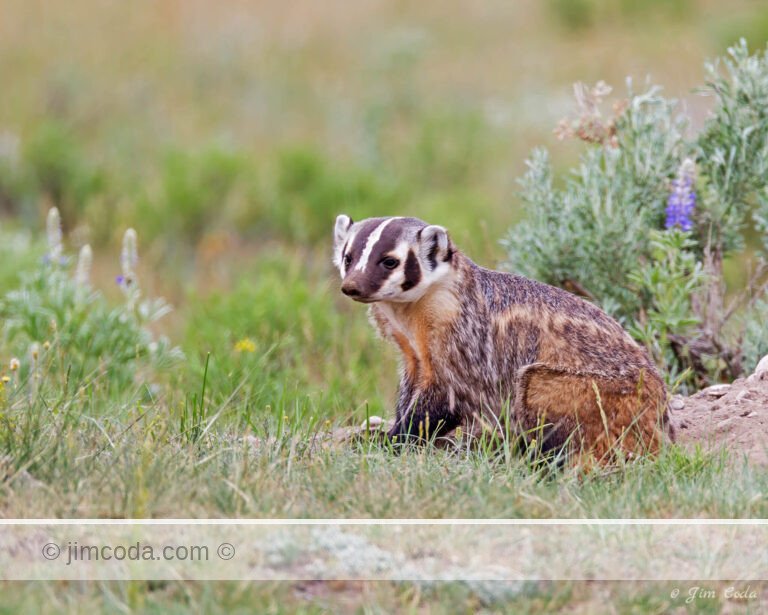Tag: osprey
Ready for Takeoff!
It’s hard to write a blog while visiting Yellowstone in the spring because there...
Sweet Success!
Each year on or about this day I post a photo of a bald eagle to recognize and celebrate...
Food Fight!
I think that most everyone who has an interest in wildlife knows that when a bald eagle sees...
I learned about Jim Goldstein’s blog project some time in 2011. To learn more about it click here. ...
Osprey Perched on Dock
I was backing up some images recently and realized I had forgotten that I photographed...
Have you ever seen something in nature that struck you as odd? In May of 2009 I saw something that I...
No articles found
Prints for sale
Browse my selection of photos for sale as fine art prints
Filter by category
Sorry, no prints in this category









